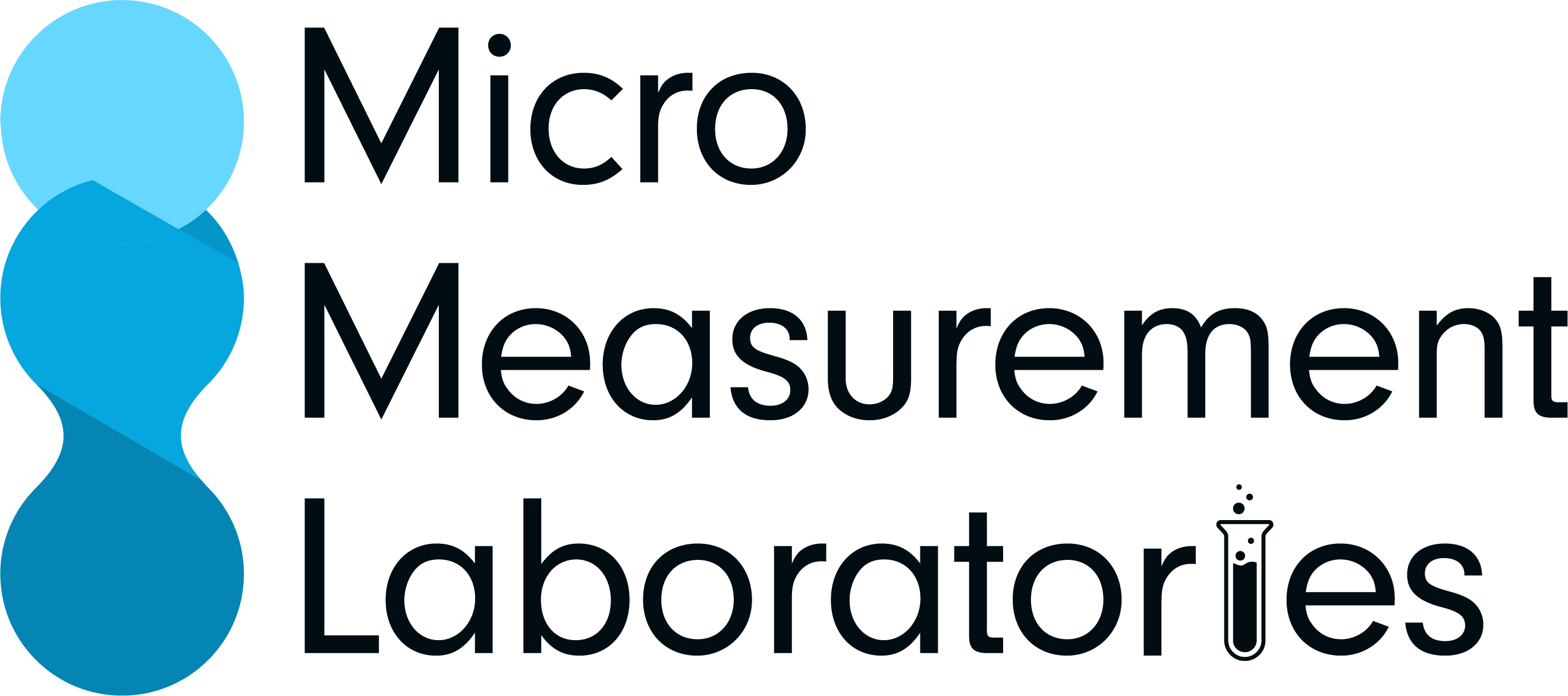PARTICLE COUNTING by Light OBSCURATION and LIGHT SCATTERING
- LiQuilaz S02 – The LiQuilaz S02 is a volumetric liquid particle counter that measures the entire liquid stream to observe particles present in the sample. Volumetric measurements provide greater accuracy for tighter process control and analysis of particle contamination. The SO2 features size sensitivities of 0.2ymto2ym. It provides high-precision analysis across a range of process chemicals.
- LE 400-0.5 — is a volumetric liquid particle counter that utilizes the technique of single particle optical sensing (SPOS). It uses a syringe pump to pull accurate and precise aliquots of the sample through the particle sensor. Because it is a volumetric instrument, the LE 400 sensor measures the entire liquid stream to size particles from 0.5ym to 400ym.
- LE1000 — The LE1000 sensor utilizes a similar technology as the LE400-0.5 (See Above) in the 2-micron to 1000-micron range for large particulate applications.

PARTICLE COUNTING by MICROSCOPE
- Optical Microscopy– The optical microscope, often referred to as the “light microscope”, uses visible light and a system of lenses to magnify images of small particles. Working range from 2ym and greater.
- Clemex Microscope System —Camera-based microscope system used to visually capture images of particles for static image analysis. The Clemex system can also be used as a NIST-calibrated micrometer. Working range from 2 microns and greater.
PARTICLE IDENTIFICATION
- FT-IR– Fourier transform-infrared spectroscopy is a measurement technique whereby spectra are collected to identify particle composition. Spectra are collected based on measurements of the coherence of a radiative source, using time-domain or space-domain measurements of electromagnetic radiation or other type of radiation. It can be applied to a variety of types of spectroscopy; at MML, we use optical spectroscopy and infrared spectroscopy. Working range from 20 microns and greater.
- Raman Spectroscopy -a spectroscopic technique used to reliably determine the chemical composition, number, shape and size of particles larger than 5 microns.
- SEM/EDS– Scanning Electron Microscopy-Energy Dispersive Spectroscopy. A technique used for the elemental analysis or chemical characterization of a sample.
PARTICLE COUNTING by FLOW IMAGING
- Flow Imaging– Technique for making particle measurements using digital imaging in a flowing fluid stream. The measurements that can be made include particle size, particle shape(morphology or shape analysis and grayscale or color, as well as distributions (graphs) of statistical population measurements. A working range of 2 microns or greater is usually applied to the measurement of biologics and proteins.
Capabilities
FEASIBILITY EVALUATION TESTING and METHOD DEVELOPMENT
During formulation and product development information on particulate matter, extractables, fines or aggregate problems, or changes from ingredients in the PSD, can be determined with orthogonal methods based on any combination of new, state-of-the-art instruments and methods, without the added expense of method validation or even development in early stages. Count on MML’s experience with orthogonal methods to provide important useful information from feasibility test results, from proven test methods.
METHOD VALIDATION
We confer with you to determine the best combination of tests for the method validation of your sample material. ICH, FDA and Regulatory requirements are always at the foundation of the protocols we develop to pass the review of Regulatory authorities. Experience with instruments, methods, and a variety of issues. We have the benefit of testing a wide variety of similar materials that benefit even CROs.
METHOD TRANSER or VERIFICATION
Methods developed in one plant on any instrument technology do not always provide the same results at another facility, often with the same Mfr instrumentation. Our 30 years of experience with particle instrumentation and method development can provide better insight into differences between systems or laboratory locations, resulting in quicker method transfer or verification. We participate and create reference studies and round-robin comparisons for verification.
LIMITS and SPECIFICATIONS
MML has been instrumental in developing the test methods and evaluations to determine the specifications for materials based on particle instrumentation. Statistical terms can be tricky to apply to methods where tolerances for ensemble instruments are not exact in some areas. MML follows industry guidance for reporting results using statistical methods to evaluate results or comparisons, but we base our recommendations on the limits and/or capabilities of the instruments chosen for the analysis, which add a measure of variability. In some cases, orthogonal methods also contribute some variability, especially with today’s more complex biotechnology drug products. For very tight specifications, the uncertainty of the measurement may also be needed to establish confidence limits.
REGULATORY/INDUSTRY STANDARDS and GUIDANCES
| USP<729> | ISO 8871 | USP<788> | USP<1788> |
| ISO 1135 | USP<789> | USP<787> | EN45502 |
| ANSI/AAMI TIR 42 | ISO 8536 | ISO 14708 | ANSI/AAMI AT6 |
| EP 2.9.20 | USP<790> | USP<1790> | USP<1787> |
| EP 2.9.19 |
